Polestar 2 Long Range Dual Motor Review: This Model 3 Companion Offers A Refreshing European Flavour
Late last year we reported that Polestar called the Tesla Model 3 a companion, rather than a rival to the newly launched Polestar 2. Fast forward a couple of months and think what you will about the statement, but the Polestar 2 has proven to be a refreshing, very European take on a new world electric vehicle during our extended test drive.


Late last year we reported that Polestar called the Tesla Model 3 a companion, rather than a rival to the newly launched Polestar 2. Fast forward a couple of months and think what you will about the statement, but the Polestar 2 has proven to be a refreshing, very European take on a new world electric vehicle during our extended test drive.
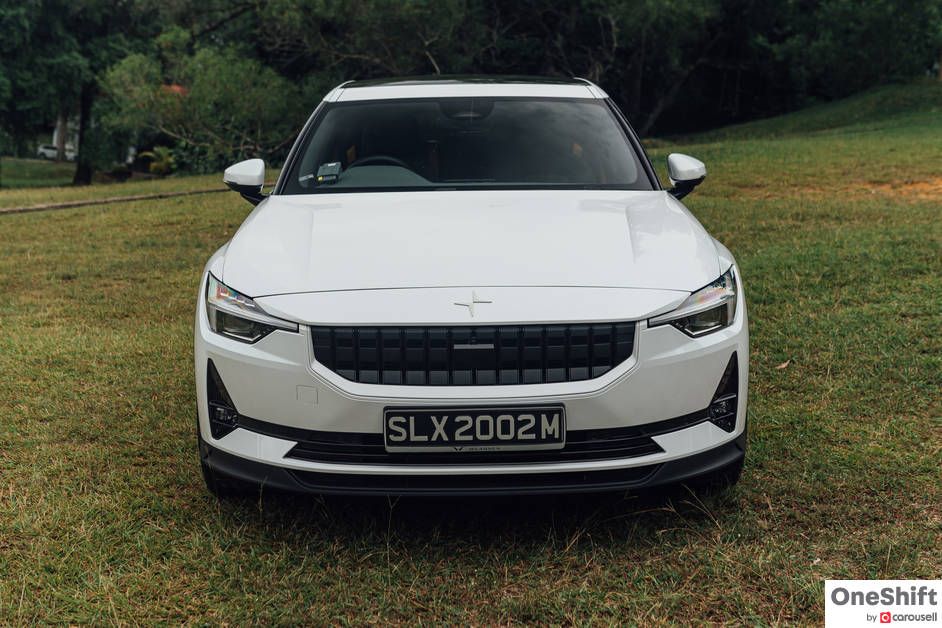
Being a standalone EV brand that has lesser baggage to carry from its past, Polestar had the chance to literally reinvent the wheel, so to speak. Its Polestar 1 took the world by storm and laid the foundation for the rest of the model line; the Polestar 2 being the car that will really launch the brand to the mass market.

If Volvo appeared a bit staid and conventional, Polestar is the tarted up sibling. Design definitely ranks high for the brand and visually, it doesn’t disappoint. Its blocky, hewn-from-stone stance is attractive and pulls off a sophistication that a Model 3 just can’t hope to match. The frameless mirrors are definitely a talking point especially when you adjust them - the whole housing moves - and they reduce aerodynamic drag. It’s proper engineering underneath too - the body is created from five different types of steel, including hard-to-form ultra-high-strength boron steel, for superior torsional rigidity.
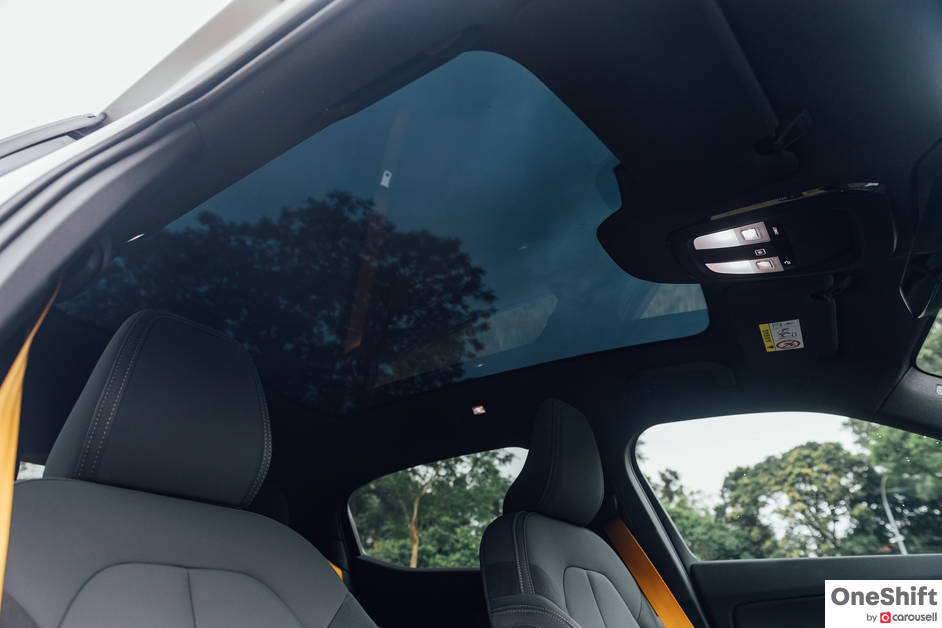
The Plus Pack, which comes standard for all Polestar 2s in Singapore, helps elevate the car’s outlook, with a panoramic roof, 13-speaker Harmon Kardon sound system and scuba suit-like WeaveTech upholstery (lighter than leather, more durable and contains much less phthalates versus other vinyls). The proportions are more crossover than its sedan shape would have you believe, and the car is larger in person than it looks in photos. However, being built on Volvo’s CMA platform which isn’t a dedicated EV base, you start to see the compromises in the interior.
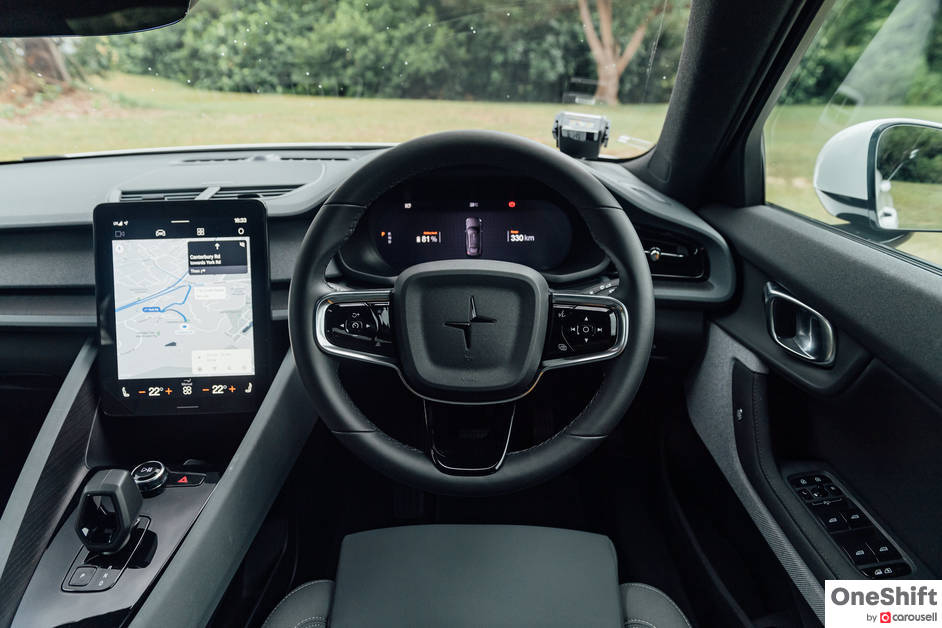
There’s a cosy, almost tight atmosphere inside which is at complete odds with the open-plane design you get from a Model 3. The shoulder line is high, so the view out isn’t that great and if there wasn’t a panoramic roof, it could get pretty dark inside. 446 litres of storage in the hatch boot and frunk is useful though, especially with all of the Scandinavian-inspired ways you can dissect the boot storage. Everything is finished rather beautifully, although there are hints of Volvo, like the digital instrument panel which doesn’t feel as seamless or high-tech as the best out there.
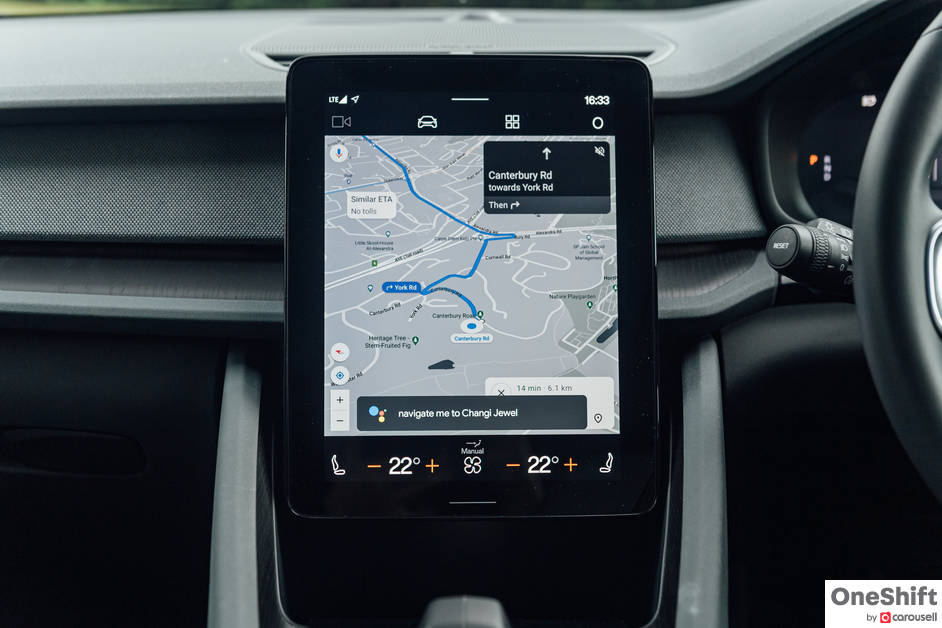
The centrepiece of the interior is the infotainment system powered by Android Automotive OS, the first car in the world to utilise this Google product. Being first is usually not good news for technology, but despite having no Apple CarPlay or indeed much in the way of phone connectivity besides Bluetooth, it worked very well. If you’re already a Google user, all related services are a cinch to use and since I use Google Maps anyway, navigation is already integrated in. I found it nice that I could separate my phone functions from the onboard OS, so I didn’t have to rely on my phone so much. However at times, Android Automotive seems to lag a little especially when the car is first started up in the morning.
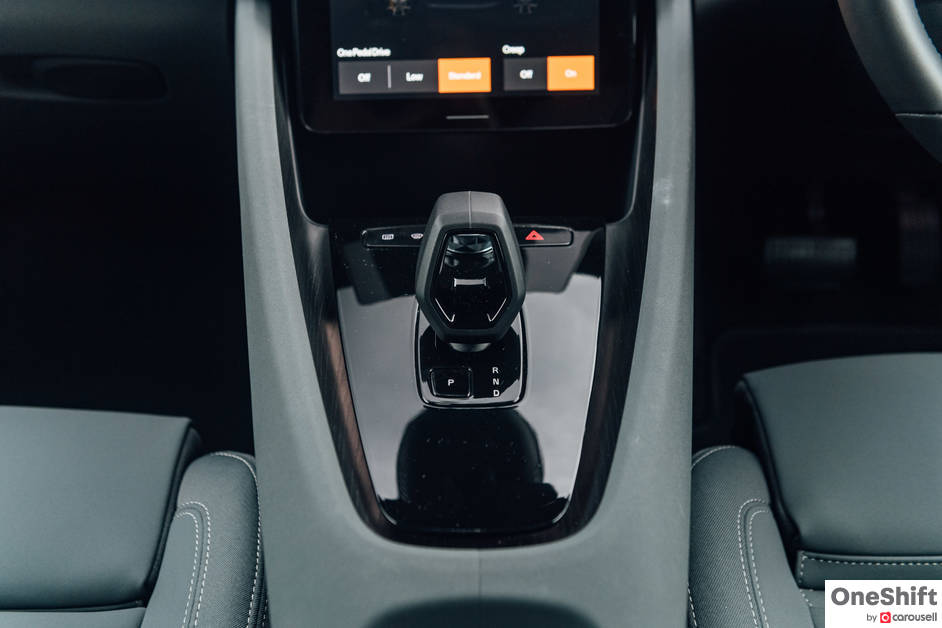
What’s really intuitive though is the car waking up once you sit on the driver’s seat - there’s a sensor there to detect your bum. The car also goes to sleep if you park it for prolonged periods and will do this based on the usage pattern of its owner. Like all good EVs, there are some routine-breaking features that make you think differently. In this case, once sat in, go into Drive and you can be on your way immediately. There’s no need to press any button or turn any key. Speaking of keys, the Polestar 2 comes with one key fob and one activity key - the latter being a waterproof key tag for use in sports activities.
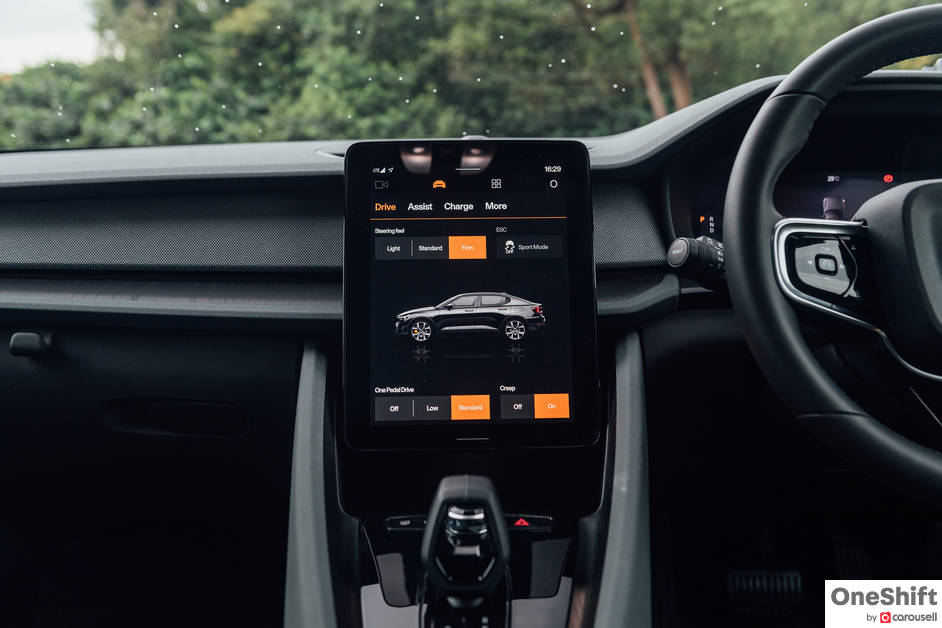
The drive in the Polestar 2 is highly customisable - you can adjust the level of regenerative braking, steering weight and whether you’d like to have the car creep or not. However, I would like the power split to be adjustable as well but this is fixed at 50:50 between the front and rear.

Nevertheless, this translates to highly predictable handling - and with 51%/49% front/rear weight distribution in the dual motor version - it is incredibly balanced. Although steering is still vague even in its sportiest setting, the overall character of the Polestar 2 equipped with the Performance Pack is like a beast raring to go. There’s plenty of grip to exploit and more power than you’d ever need. But the dual motor version is probably still the one to get as the single motor FWD version has a slightly front-heavy 55%/45% weight split. With instantaneous torque, grip is also paramount to really put it down effectively.

When you want to just cruise, there is a Calm mode (perhaps not dissimilar to Saab’s Flight Mode) which reduces displays to only speed, battery status, power and regeneration levels. Overall refinement is great with not much by way of wind or road noise. But despite its best attempts, the Öhlins suspension in combination with the 20-inch rims that come with the Performance Pack give a rather jittery ride. In some situations, such as speed humps, the suspension’s dual flow valve dampers perform admirably but on pockmarked surfaces the car’s serenity is upset. Mind you, this is the case even when the dampers are set to its most comfortable setting, as is the case on the test car. Adjustments need to be made manually at the workshop.
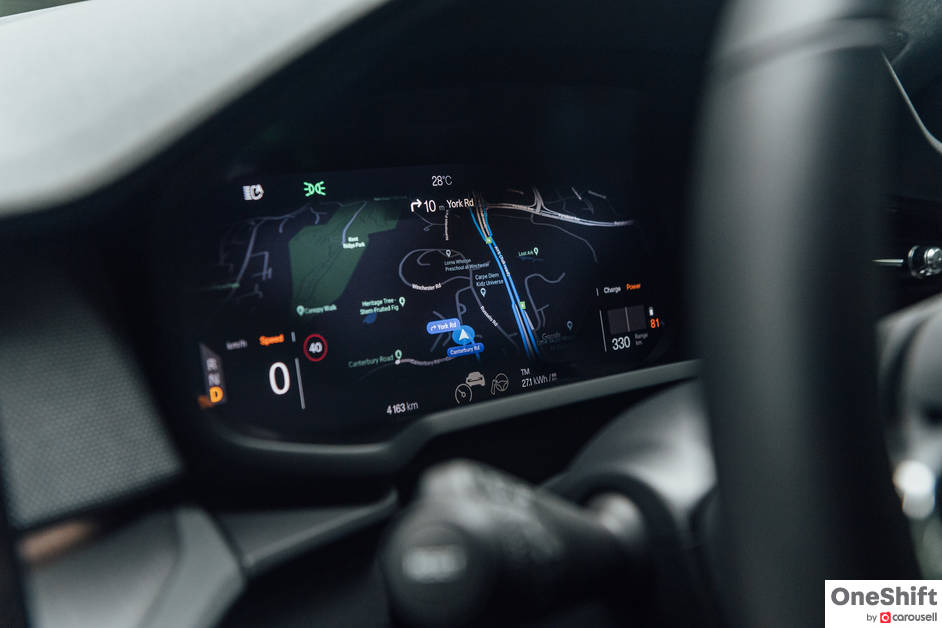
I started the drive with a 97% charge with an indicated range of 390 km, versus 480 km (WLTP) on a full charge on paper. With 3 days worth of driving, the indicated range is pretty accurate, but it is some way off the WLTP figure.

The big question now is - should you pick this or a Model 3? I think the Polestar 2 is an extremely credible alternative, and that alone is no mean feat considering how high the Model 3 places in the EV world. Both are good to drive, the Tesla perhaps being easier to place on the road with better visibility and is easier to live with, with a better ride versus the Polestar 2 with PP. The Polestar does seem to accomplish less and yet ask for slightly more (~S$5k at press time, excluding Polestar's PP) than an equivalent Model 3 Performance - in pace, range, packaging and wow factor. But it does make up for it with its avant-garde design, more familiar European values and better refinement.
Credits: Text by James Wong; Photos by Horizon Drivers' Club








Get the Best Price for your used car
from 500+ dealers in 24 hours

- Convenient and Hassle-Free
- Consumer Protection
Transparent Process
With No Obligation








